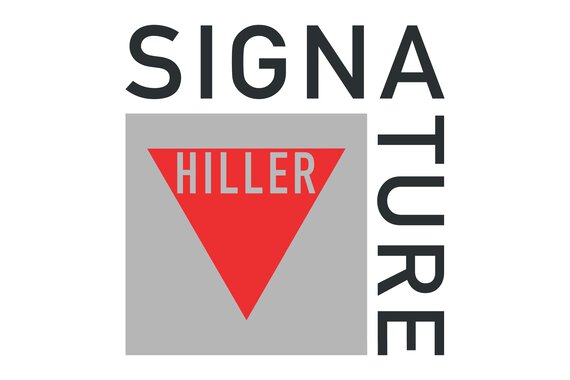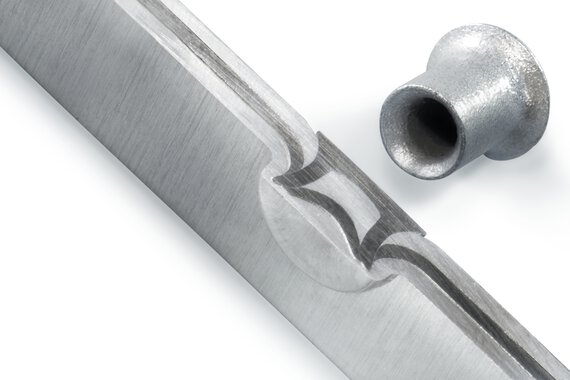Success stories
Signature Hiller
The German company Signature Hiller, pioneer in the signage sector, uses our RIVSET® self-pierce rivets in the production of motorway and road signs.
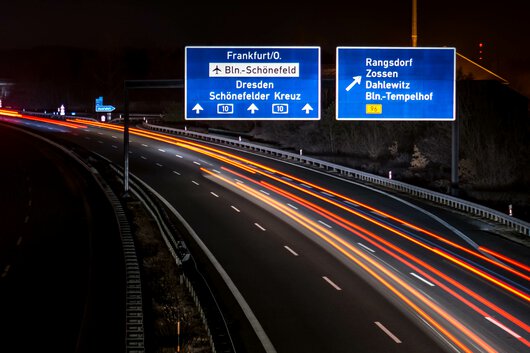
Signature Hiller – the signature for quality in sign manufacturing
The German signage pioneer Signature Hiller uses our RIVSET® self-pierce rivets in the production of motorway and road signs.
Initial situation
The production of large signs
For the production of large motorway and road signs, first aluminium plates are cut to size and braced by means of oblong profiles on the rear. The reflective sheeting produced by use of a modern digital printing method is then bonded to the sign. The individual segments are transported to the motorway where they are joined.
Traffic signs are made from aluminium because it is a lightweight and durable material. The large dimensions of motorway signs, however, quickly result in larger weights. Originally, weld studs were used to be able to join the stiffening profiles on the rear to the aluminium material.
Later, when the innovative composite material DIBOND®traffic was used, a new generation of traffic signs was born. As the inventor of the original aluminium composite sheet, the 3A Composites Company based in Singen, Germany, makes a great contribution with the DIBOND®traffic. With the innovative composition of two aluminium cover layers and a laminated polyethylene core material, the sheet convinces through its suitability for lightweight construction, weathering resistance and its equivalence with a solid sheet.
The challenge: DIBOND®traffic is not suited for welding. This is where Böllhoff offers the perfect solution with RIVSET® self-pierce rivets.
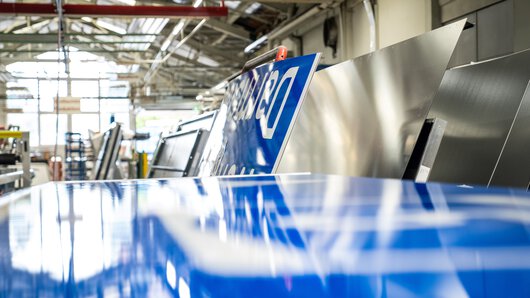
Solution
RIVSET® self-pierce riveting technology – high strength and high process reliability
RIVSET® self-pierce riveting is a joining method to create mechanical high-strength joints from similar and dissimilar materials. Joints can consist of two or more layers.
In one step, the semi-tubular rivet punches through the top material layers, forms an interlock in the bottom material layer and also forms the characteristic button. The bottom material layer is not punched through so that a gas- and liquid-tight spot joint is created.
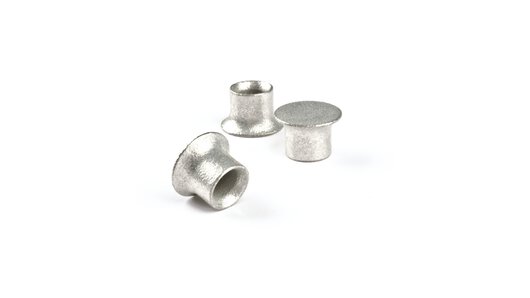
Result
RIVSET® „Roadsign”: robust and flexible self-pierce riveting system for modern sign manufacturing
From the beginning, Böllhoff had been involved as the joining technology expert. During numerous tests in the in-house joining technology laboratory, the RIVSET® self-pierce rivet proved to fulfil the high requirements for the joint. In combination with the RIVSET® “Roadsign” processing system, a self-pierce riveting system which had been especially developed for the manufacture of traffic signs, it was verified by the TU Dortmund University and approved by the German "Güteschutzgemeinschaft Verkehrszeichen und Verkehrseinrichtungen e.V." for the quality assurance for traffic signs.
Customer benefits
- Flexible in use
- Cost-saving
- High quasi-static and dynamic strength
Product characteristics
- Joining of dissimilar materials
- No pre-punching
- Particularly suited for hybrid joining


we will be happy to help
Do you have any questions or a current project?
Just let us know and we’ll get in touch
Contact us